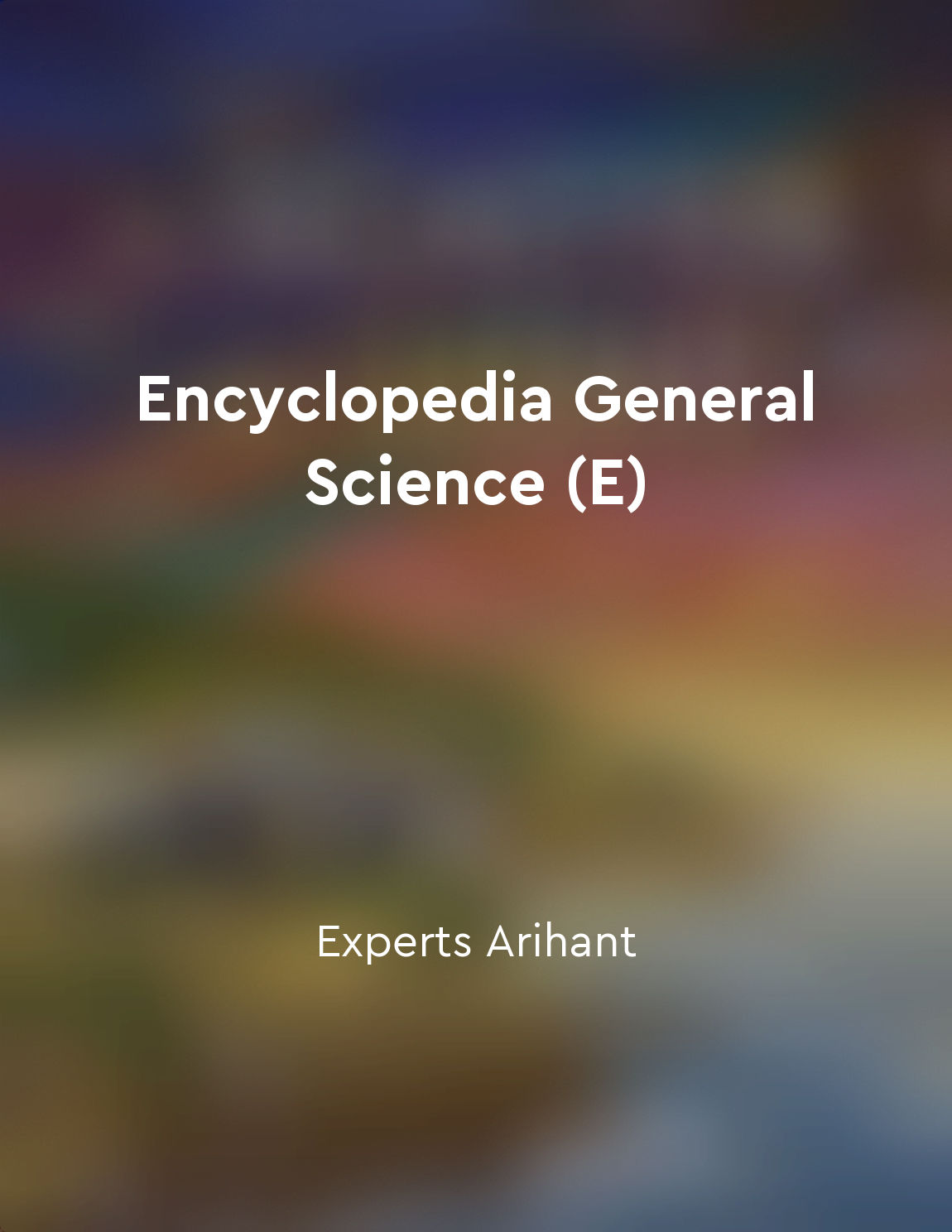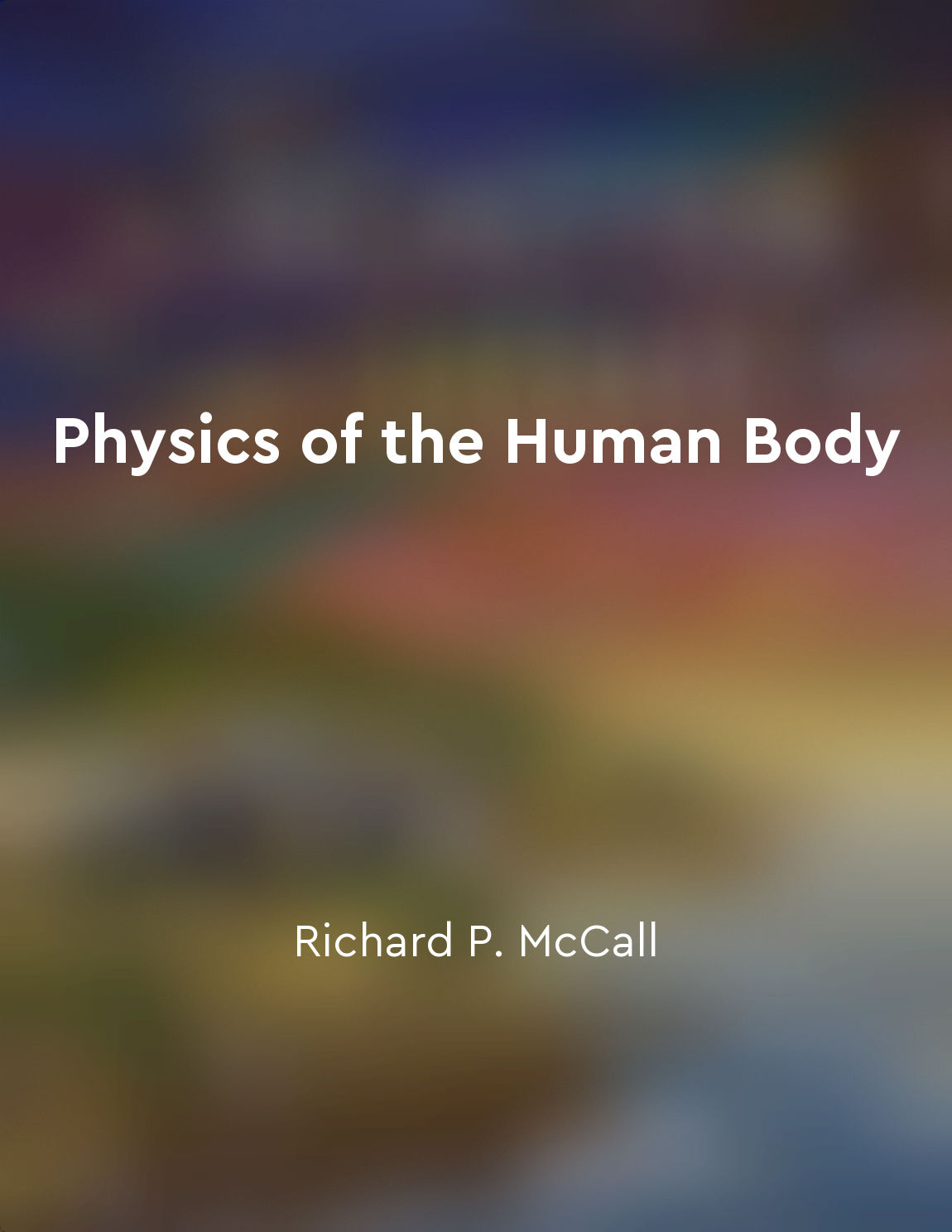Electromagnetic waves propagate through space from "summary" of Fundamentals of Physics, Volume 1 (Chapters 1 - 20) by David Halliday,Robert Resnick,Jearl Walker
Electromagnetic waves are a fundamental aspect of physics, propagating through space with unique characteristics. These waves consist of oscillating electric and magnetic fields that are perpendicular to each other and to the direction of propagation. This perpendicular nature allows electromagnetic waves to travel freely through vacuum, as well as through various mediums such as air, water, and glass. The process of electromagnetic wave propagation involves the generation of these waves by an oscillating electric charge. As the charge oscillates, it creates changing electric and magnetic fields that move away from the source at the speed of light. This speed, denoted by the symbol c, is a universal constant and is approximately 3.00 x 10^8 meters per second in a vacuum. One key characteristic of electromagnetic waves is their ability to travel long distances without the need for a medium to transmit them. Unlike mechanical waves, such as sound waves, which require a material medium to propagate, electromagnetic waves can travel through the vacuum of space. This property of electromagnetic waves is a consequence of the relationship between electric and magnetic fields, as described by Maxwell's equations. Maxwell's equations, a set of four fundamental equations in electromagnetism, describe the behavior of electric and magnetic fields and their interactions. These equations show that a changing electric field produces a magnetic field, and vice versa. As a result, electromagnetic waves can propagate through space, carrying energy and information over vast distances. In summary, electromagnetic waves are a key aspect of physics that propagate through space with the help of changing electric and magnetic fields. Their ability to travel through vacuum and various mediums is a result of their unique characteristics and the relationships described by Maxwell's equations. This fundamental concept plays a crucial role in a wide range of phenomena, from radio communication to the behavior of light.Similar Posts
Einstein's personal life was marked by multiple marriages and affairs
Einstein's personal life was complex and often tumultuous. He had multiple marriages and affairs, which played a significant ro...
Earth's rotation can be used to launch rockets more efficiently
One of the key factors that can influence the efficiency of launching rockets into space is the Earth's rotation. The Earth rot...

Earth was actually a giant supercomputer used by mice
Deep thought tells us that, in fact, the Earth had long been considered the most improbable planet in the universe. And yet, it...

Objects in equilibrium have balanced forces acting on them
When an object is in equilibrium, it means that the net force acting on it is zero. In other words, the forces acting on the ob...
Electrons are negatively charged particles that orbit the nucleus of an atom
Think about an atom. You've probably heard that atoms have a nucleus at their center, made up of positively charged protons and...

Scientific literacy is essential for informed decisionmaking
Scientific literacy is the fundamental knowledge and understanding of scientific concepts and processes that enables individual...
EPR paradox highlights issues in quantum theory
The EPR paradox poses a significant challenge to the core principles of quantum theory. The paradox arises from the entanglemen...
Time is a concept that shapes our understanding of the world
Time, we think we know what it is. We experience it every day, every moment, every heartbeat. But what is time, really? It is n...
The holographic principle implies that all the information in a volume of space can be encoded onto its boundary
The holographic principle suggests that the information contained within a given region of space can be represented on the boun...

Optics explains how the eye perceives light
The field of optics plays a key role in understanding how the eye perceives light. When light enters the eye, it passes through...
